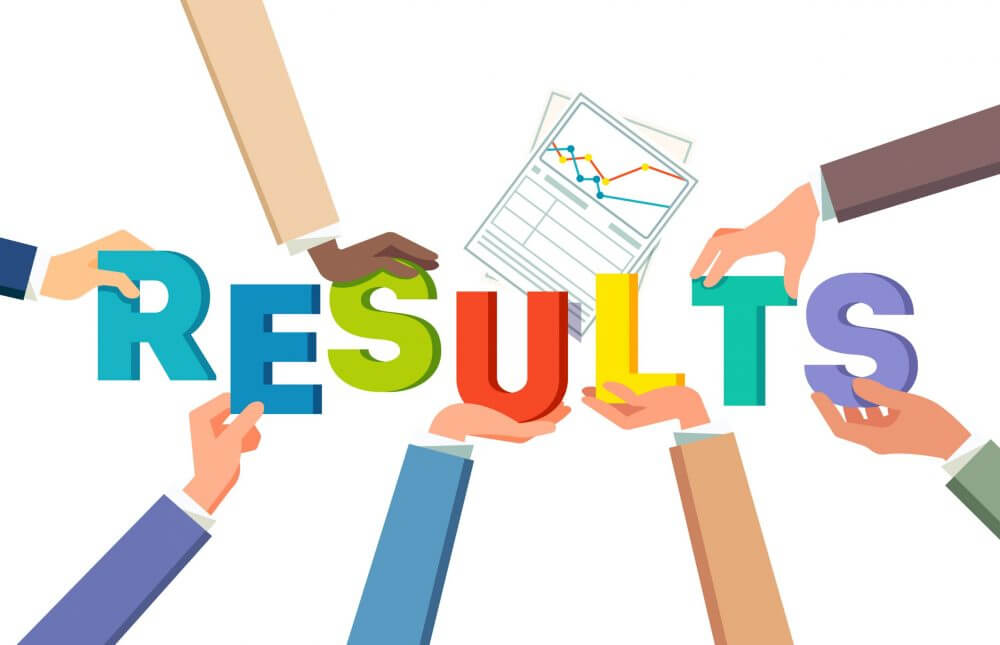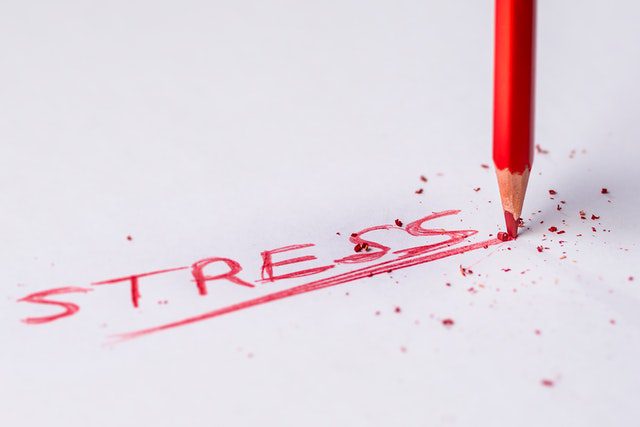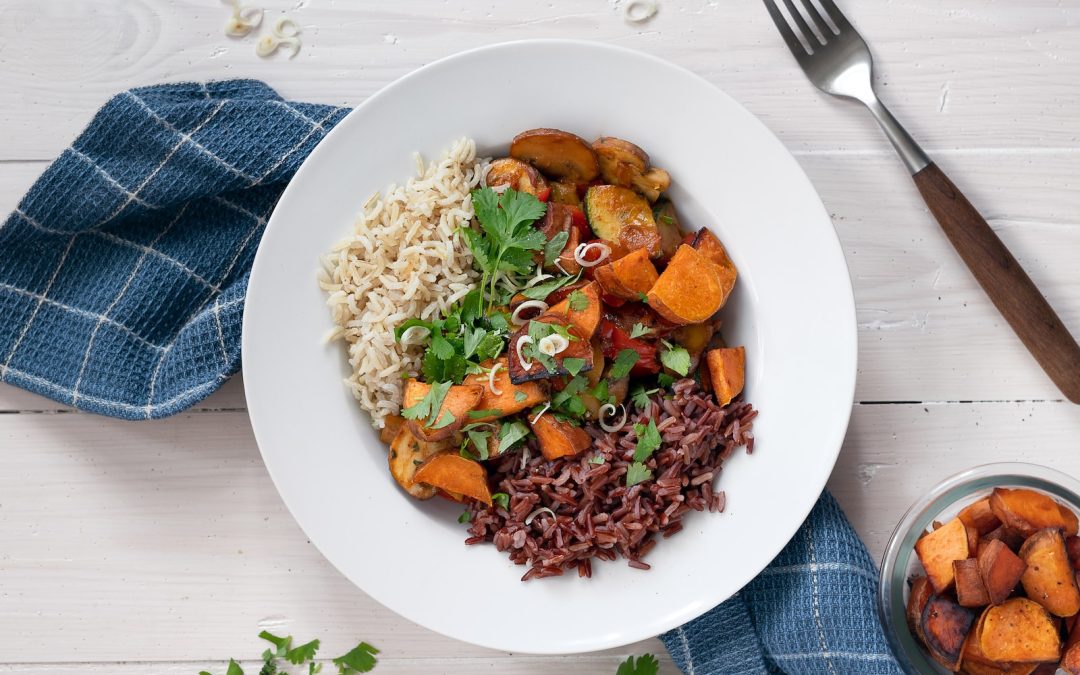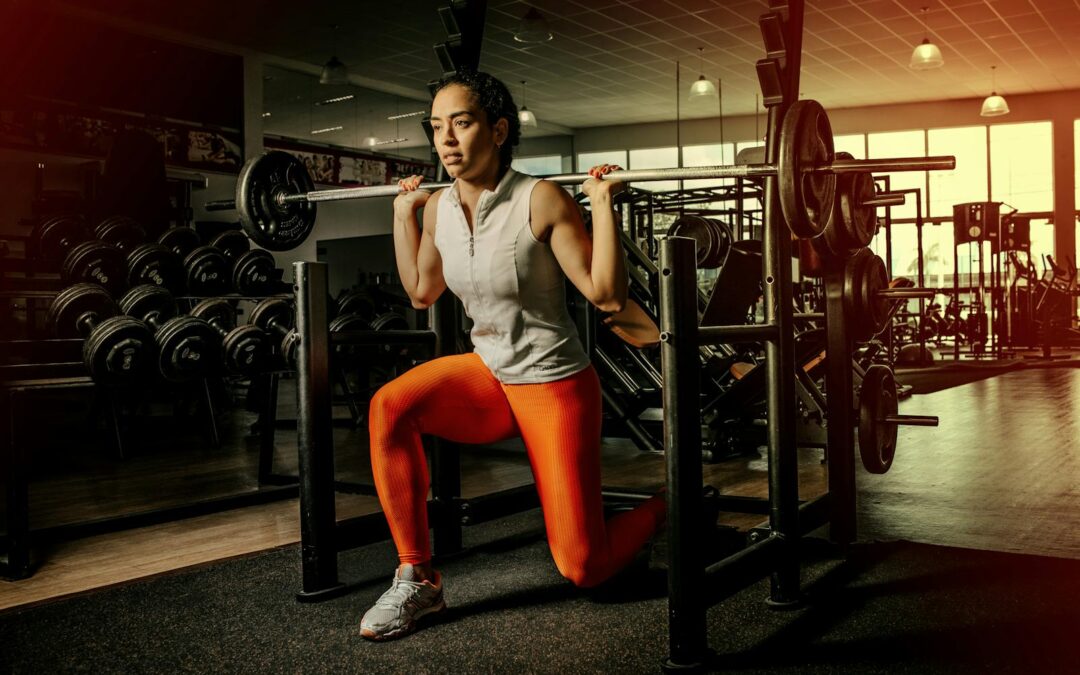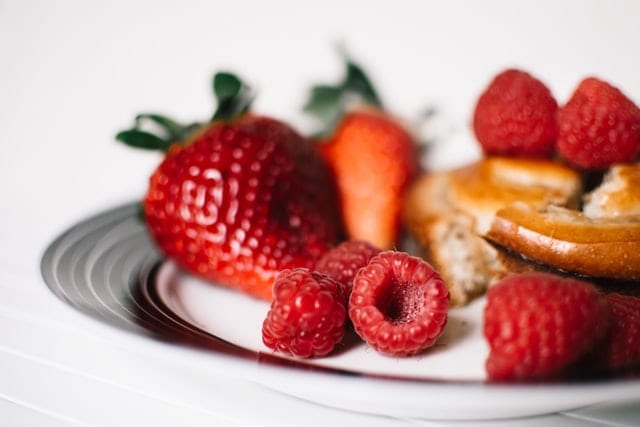Since we’ve been talking about cravings this month … and one of the reasons we can have certain cravings is because of the foods we eat …
We need to talk about the glycemic index (GI) … because it can play a BIG role in your cravings!
We don’t generally pay a lot of attention to it – for example, the GI isn’t listed on food labels.
A lot of times, the foods we crave (hello, carbs!) fall high on the GI scale – and eating them can make us crave even more!
In a nutshell, the GI ranks foods on a scale of 1 to 100, based on how fast they cause your blood sugar levels to go up.
Foods with a high glycemic index (GI) make it go up faster, and those with a low GI raise it more slowly.
This matters because when your blood sugar goes up and down quickly, you can get cravings – and feel tired, shaky and blah … not to mention HANGRY (hungry + angry) …
And even more importantly, it can have a MAJOR impact on your health and your waistline … especially if it happens a lot.
Let’s dive in …
On the glycemic scale, each food is ranked by how it affects your blood sugar when it’s eaten alone, on an empty stomach. Here are some samples of foods with their GI numbers:
- Baked russet potato – 111 (yes, over 100!)
- White rice – 89
- Sweet potatoes – 70
- Banana – 62
- Potato chips – 51
- Green peas – 51
- Apple – 39
- Carrots – 35
- Peanut M&MS – 33
- Barley – 28
According to the Mayo Clinic, foods that have a GI score of:
- 70 or more have a higher glycemic index
- 56-69 have a medium glycemic index
- 55 or less have a lower glycemic index
So does that mean you should only eat foods with a low GI?
It depends! It’s always a good idea to know the nutrition facts for foods we eat.
But instead of focusing only on each food you eat on its own, it can be more helpful to look at the overall “glycemic load” of your meal or snack …
Because normally we eat a combination of food (not just one at a time!)
Example: eating a baked potato on its own will spike your blood sugar much faster than eating fiber-rich broccoli and protein-heavy steak along with it.
Also, it’s important to look at the other benefits a food contains. As you can see on the list, nutrient-rich sweet potatoes have a GI of 70, while sugary snacks like peanut M&Ms have a GI of 33.
PLUS … if weight loss or body composition is a goal, portion control definitely still matters!
That being said, you’ll probably get fewer cravings if you eat lower-glycemic foods because they’re less likely to send your blood sugar on a roller coaster ride.
I hope this helps shed some light on the glycemic index and what it actually means for you, your cravings, and your results!
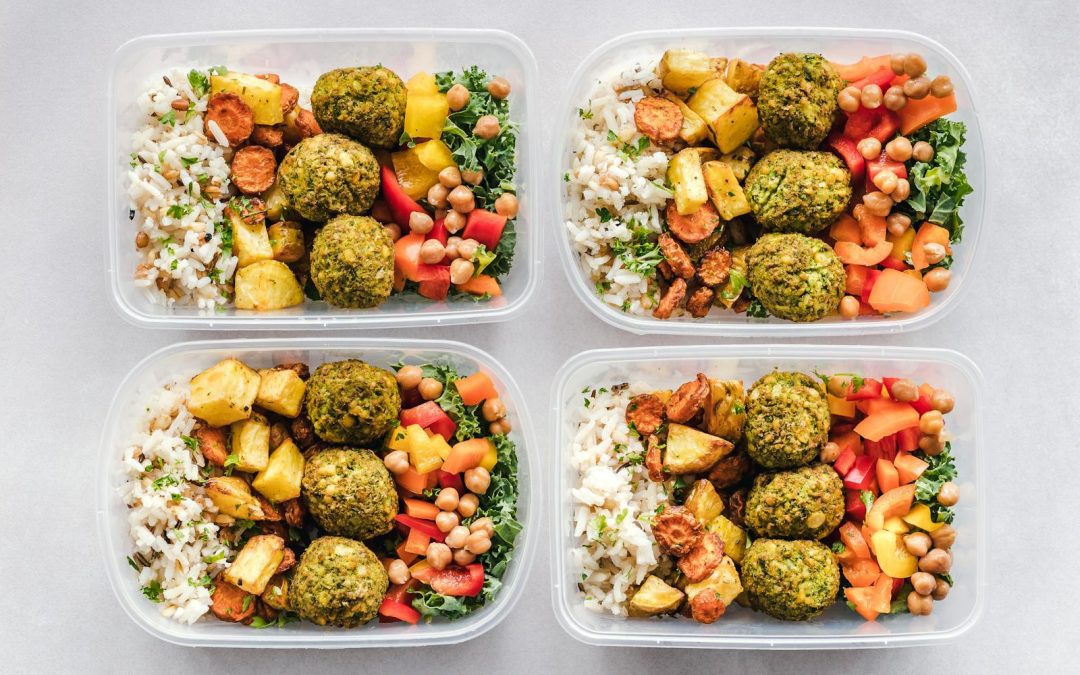
3 Simple Steps to Calculate Your Macros to Boost Your Metabolism
Use this formula to Calculate Your Macronutrients

Muscle vs Fat: Why Building Muscle Is Your Secret Weapon for a Faster Metabolism and Better Health
Muscle and fat may weigh the same on a scale, but that's where their similarities end. They differ in density, function, and how they impact your health. Understanding these differences is key to appreciating why muscle is a powerhouse for your body. What's inside the...
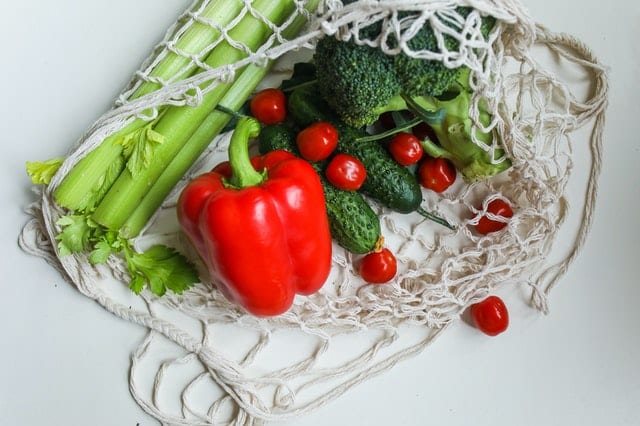
6 Easy Ways to Eat More Veggies at Breakfast (Because 90% of Us Need To)
Quick question: Did you eat breakfast this morning? Of all the meals we eat, breakfast gets the least respect.
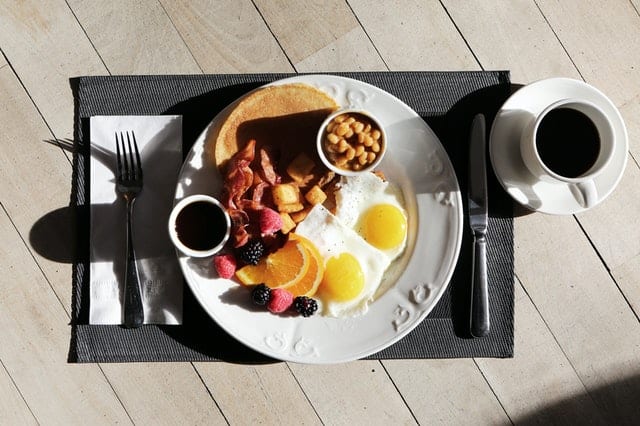
5 Benefits of Eating Breakfast
Quick question: Did you eat breakfast this morning? Of all the meals we eat, breakfast gets the least respect.

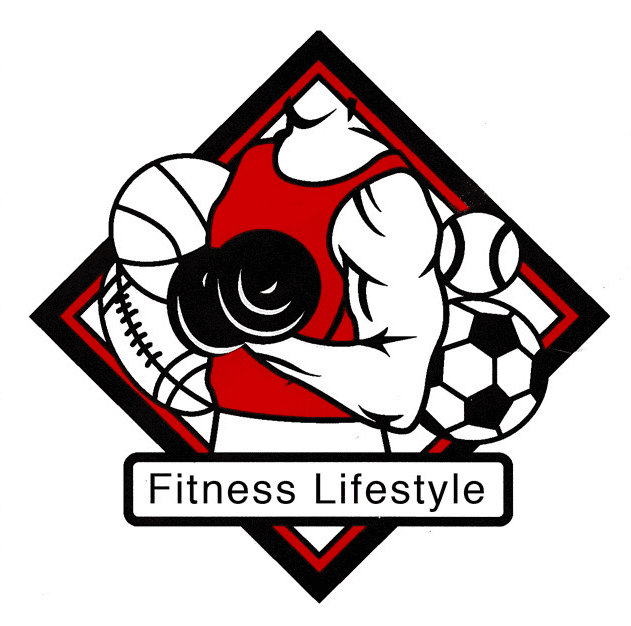

), //www.fitnesslifestylellc.com/wp-content/uploads/2024/10/3076514.jpg))

), https://www.fitnesslifestylellc.com/wp-content/uploads/2024/10/3076514.jpg))



